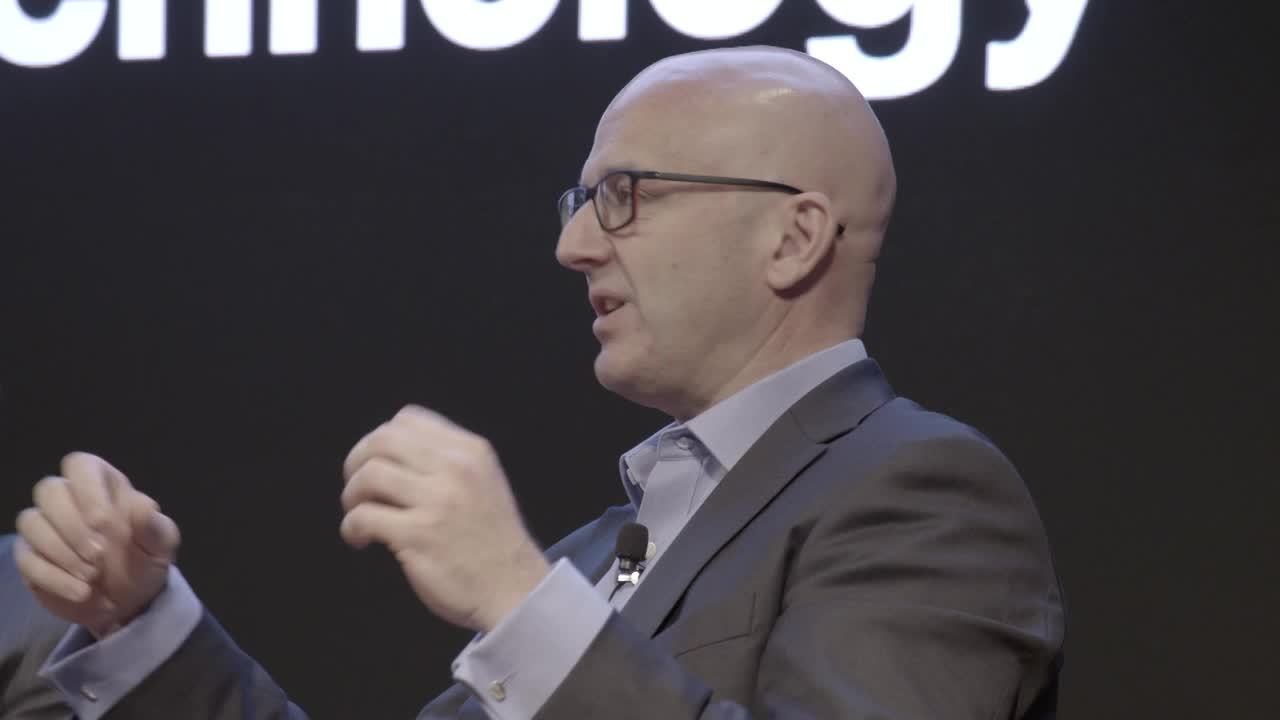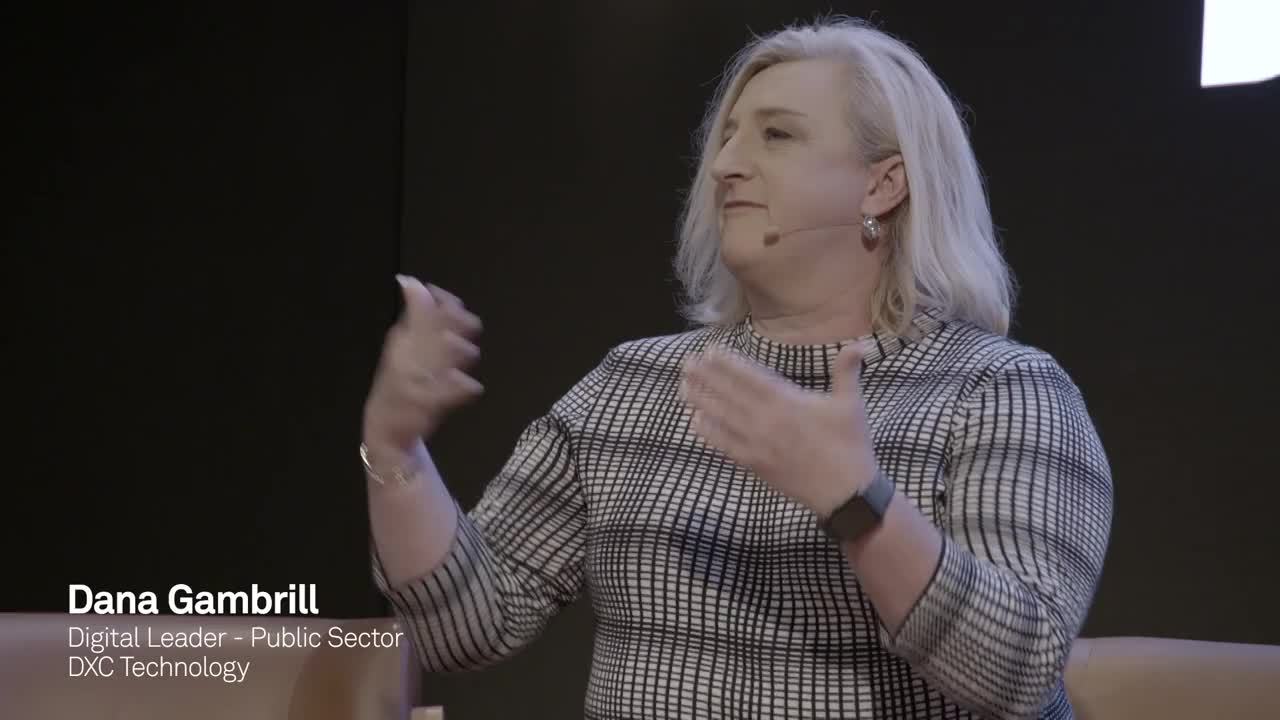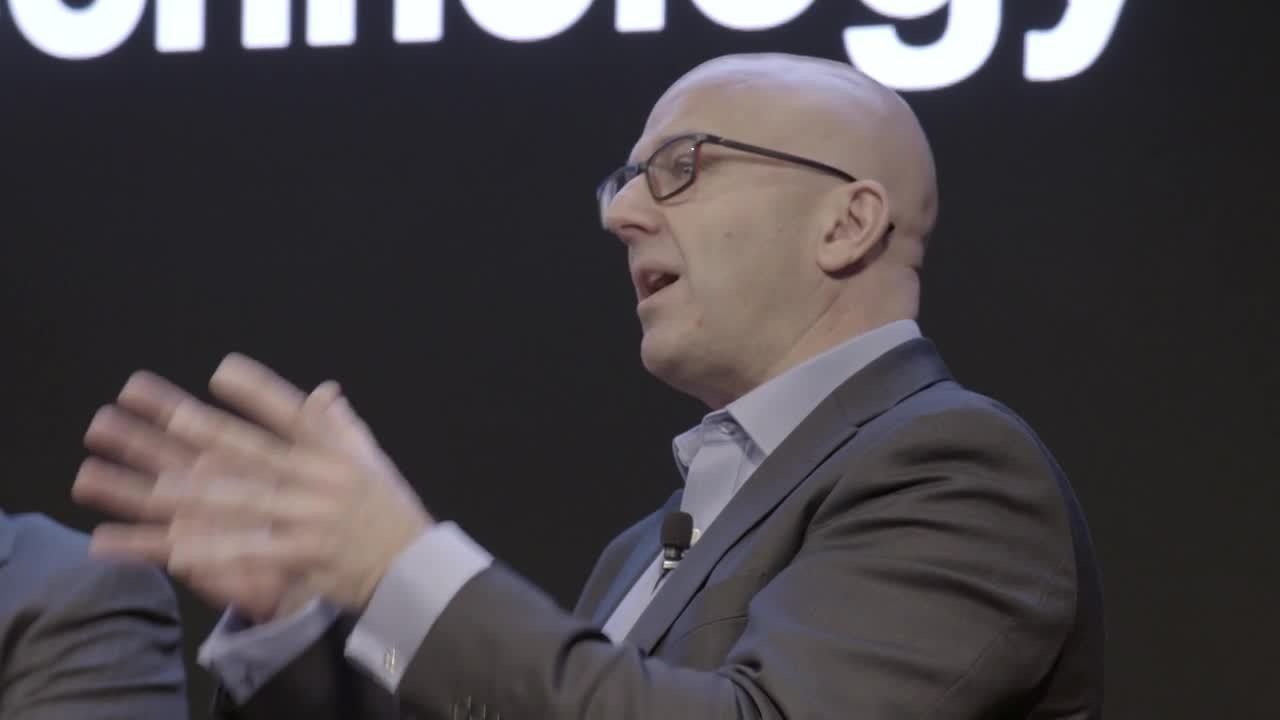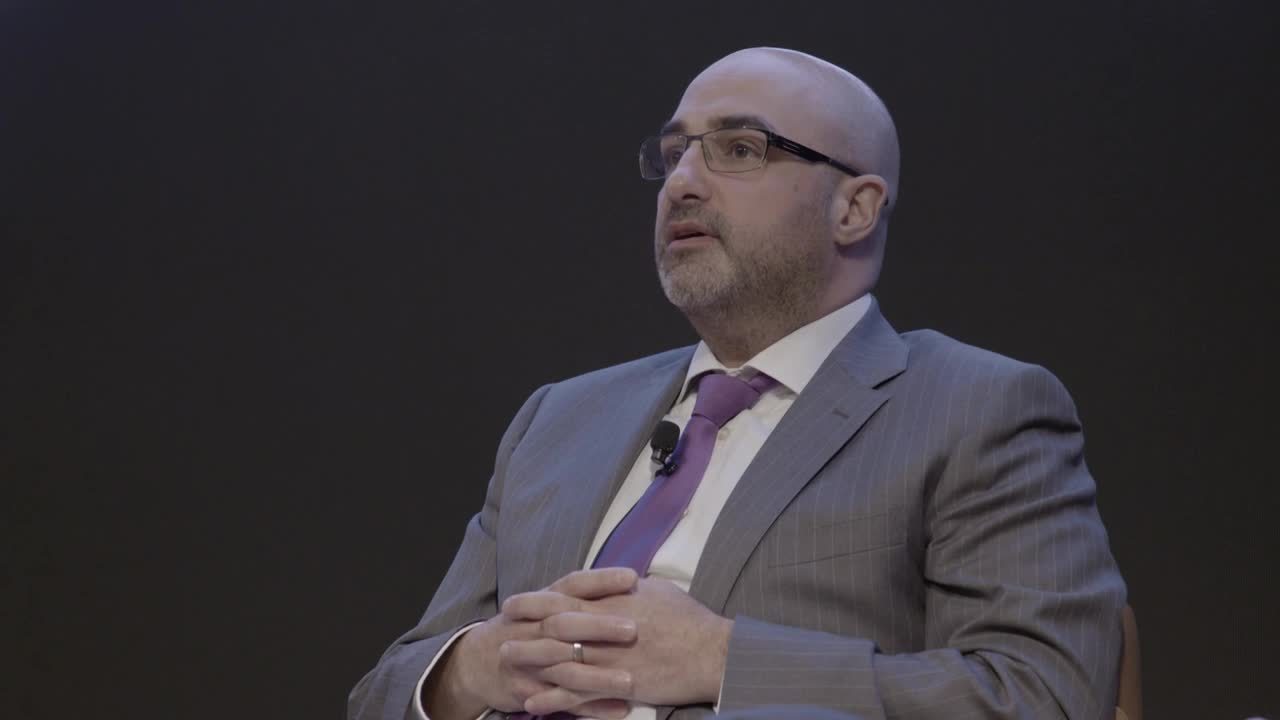Delighting your customers starts with understanding them

At Telstra Wholesale Business Connect18, DXC Technology’s Nick Mescher, Senior Partner for Digital Transformation, Dana Gambrill, Digital Leader for the Public Sector industry, and John Lambert, Chief Medical Director, Health Care and Life Sciences at DXC Technology, Australia and New Zealand were joined by Foad Fadaghi of telco analyst Telsyte to discuss the challenge of keeping customers.
What is the secret to winning customers when expectations are so high? And how can businesses keep customers when they are so empowered to switch providers?
Those were the questions posed to a panel of experts at Telstra Wholesale’s BusinessConnect18 event.
The answer? Companies need to delight ever-more demanding customers, whether that is by creating compelling experiences, reducing friction, or proactively providing services.
The importance of customer centricity
It sounds obvious, yet the truth is that most organisations can do more to deliver on customers’ requirements. And, according to DXC, they need to start by understanding their customers in greater detail than ever before.
“The very definition of a customer is changing,” said Nick Mescher, Senior Partner for Digital Transformation at DXC Technology. “Is it an individual, a team or an entire organisation? Our clients have to understand who their customer is and what their needs are, and then evaluate how they currently meet those needs.”
Dana Gambrill, Digital Leader for the Public Sector at DXC, described how DXC approaches this challenge. “Our direct customers are government departments and agencies. But we also want to understand the end customer - the citizens that these organisations serve - to fully understand how we can add value to our direct customers. That way we can enable our customers to do their jobs more effectively and achieve their goals.”
“Digital transformation is, to a large extent, the business world catching up to what consumers are doing.” Foad Fadaghi, Telsyte

John Lambert, Chief Medical Director, Health Care and Life Sciences at DXC Technology said that the health sector provided a useful example of the challenges facing service providers, especially when it comes to using data to improve outcomes.
And this applies also to patients sharing their very personal health information.
“Consent to share personal information is impacted by the context of the request and who is seeking to access the data. 90% of patients may not be overly concerned about who accesses their data; however you have to cater for those that do, and at a surprisingly granular level.”
Foad Fadaghi, managing director of analyst firm Telsyte, said organisations could do worse than examine the consumer market for insights and opportunities.
“Consumerisation of technology has had a massive impact on the corporate environment because it has changed the way people want to live and work. Digital transformation is, to a large extent, the business world catching up to what consumers are doing.”

The shifting sands of customer expectations
However, organisations need to be prepared for more change as the way we interact with technology evolves.
“A lot is going to change again in the near future, and very quickly,” Foad said. “For about 20 years we had one connected device. Now we have on average 17 in each household. By 2022, that average will be up to 37, with 380m devices used by consumers in Australia. We are seeing massive growth in smart speakers and the accompanying use of personal AI assistants such as Google Assistant, Amazon Alexa and Siri. The widespread use of these assistants will change the game because consumers won’t actively use the majority of devices. Instead they will devolve automated management to their assistants.”
The idea that we will start to expect to control more things with our voice while also expecting more to be done for us automatically has important consequences for businesses.
Such frictionless interaction with brands and services will make consumer expectations even higher than they were before. And the use of technology to intermediate communication between consumer and businesses will make it harder for some organisations to get closer to their customers.
“When you think about digital assistants answering your calls for you, or booking a table at a restaurant, you have a challenging new environment for businesses,” Foad said.

The opportunities for carriers
However, Foad said there are exciting opportunities for carriers that can think a little differently about what their customers’ customers want.
“When we talk about the smart home, carriers and device-makers have been very good at targeting the living room and entertainment. But the next frontier for digitisation is the kitchen.
“Consumers are much less likely to switch carriers and providers if they are locked into longer term contracts for smart home devices and services.” Foad Fadaghi, Telsyte
“Imagine offering a connected fridge in the same way we offer mobile phones contracts: the consumer doesn’t pay for the device upfront but throughout the life of the contract instead. With white goods such as fridges, those contracts might be food-as-a-service.
“The carrier’s role is vital to enable businesses to offer those new services. The benefit for carriers is clear: consumers are much less likely to switch carriers and providers if they are locked into longer term contracts for smart home devices and services.
“These are the kind of new opportunities that telcos and partners can jump on when they understand the motivations and requirements of their end customers.”
It is an example that shows clearly how changing the game in customer experience requires businesses to have the right mindset and the ability to carry it through.
“Changing the internal skillset and mindset is the biggest challenge for most organisations,” Nick said. “But once they start their digital transformation journey with internal change, they will see that translate externally into the services and experiences they can provide to their customers.
“They will be able to start building an affinity with customers by delighting them. And that’s a major step towards keeping customers, no matter how tough the competition.”
Like to hear more expert opinion on creating great B2B customer experiences? Hear Dana Gambrill in our webinar.
